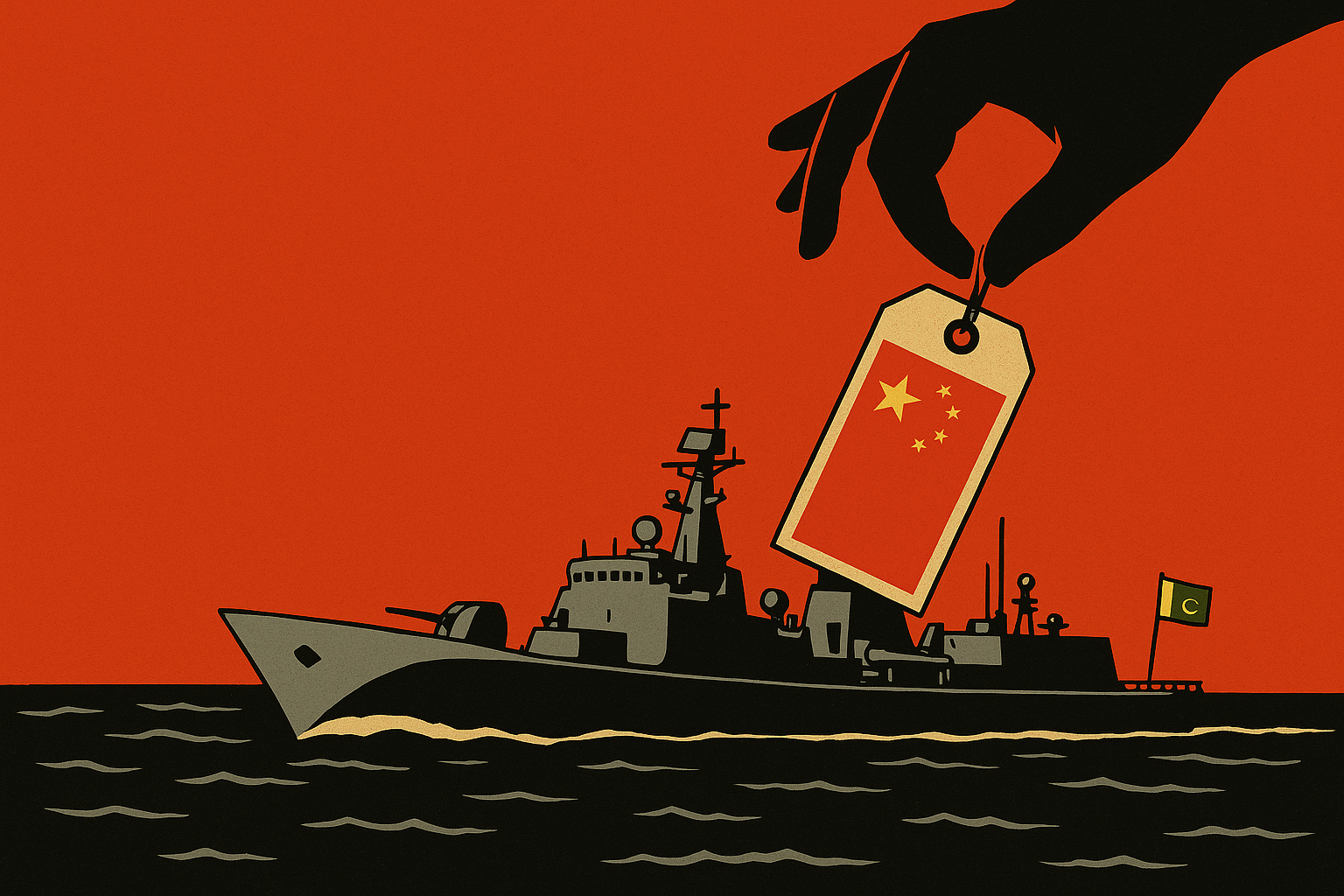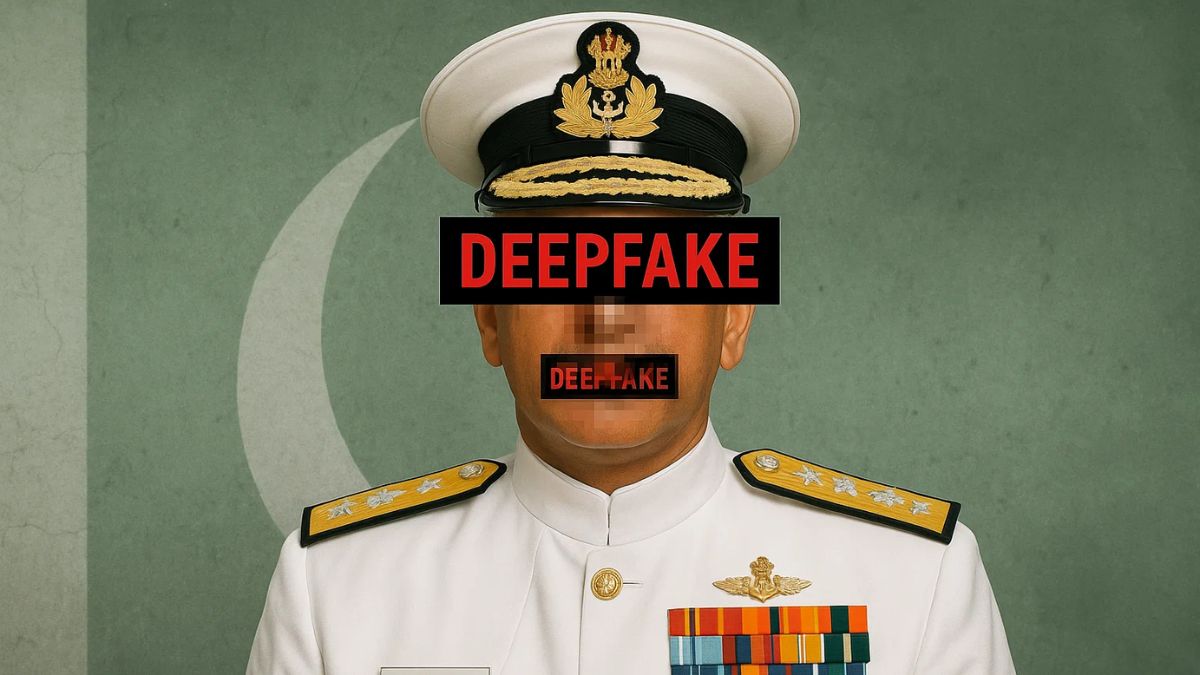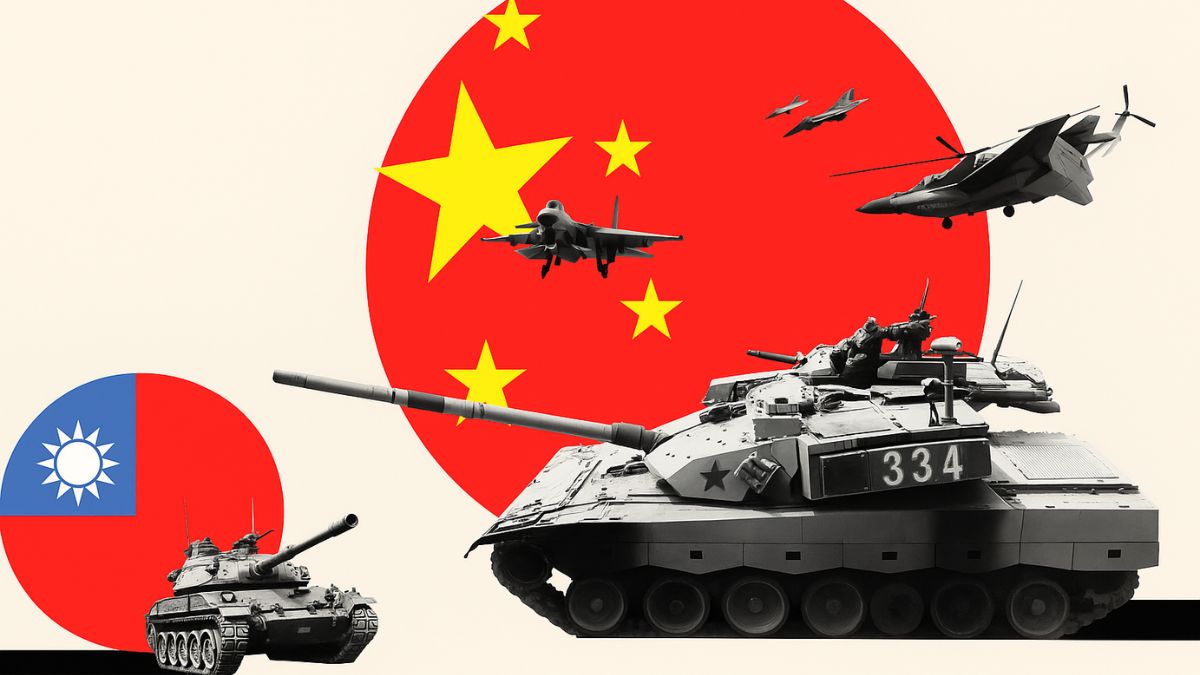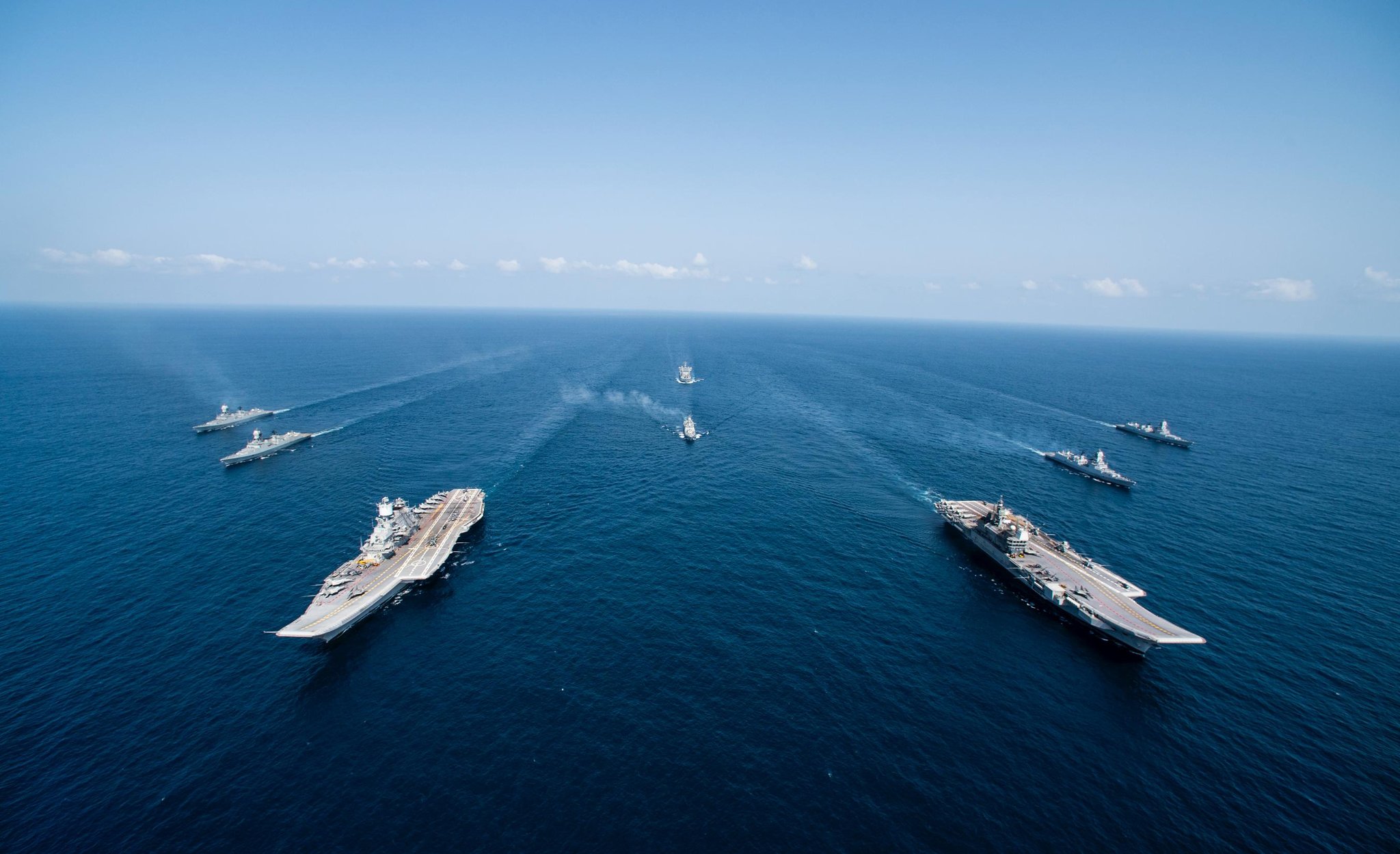Assembled in China, Operated on Loan: Why Pakistan’s Navy Can’t Stand on Its Own Keel

The Indian Ocean, a critical conduit for global trade and energy, serves as a strategic theatre where naval power shapes regional influence and security. For Pakistan and India, nuclear-armed neighbours with a history of rivalry, robust maritime capabilities are essential to safeguard their interests and assert dominance. However, their approaches to naval development diverge significantly. Pakistan’s navy relies heavily on foreign technology and financial support, particularly from China, with key assets like submarines and frigates acquired through loans and maintained with external assistance. Reports indicate that many of Pakistan’s submarines are not seaworthy, sitting idle in docks. In contrast, India has pursued self-reliance, developing indigenous aircraft carriers, submarines, and corvettes, positioning itself as a formidable maritime power. This article explores Pakistan’s naval dependencies, contrasts them with India’s indigenous advancements, and examines the implications for regional security.
Pakistan’s navy, tasked with securing a 1,000-kilometer coastline, operates a fleet largely composed of foreign-built vessels. This reliance is most evident in its submarine and frigate fleets, which form the backbone of its maritime strength. The submarine fleet includes French-designed Agosta-class submarines—two Agosta-70 (Hashmat-class) and three Agosta-90B (Khalid-class) vessels—alongside three Cosmos-class midget submarines. Recent satellite imagery from March 2025 reveals a troubling reality: only two of the five larger Agosta-class submarines are operational, with the others docked at Karachi Shipyard for repairs or upgrades. The Agosta-90B submarines are undergoing mid-life upgrades by Turkey’s STM, but as of 2020, only one had completed the process, pointing to persistent maintenance issues. This limited operational readiness raises serious questions about Pakistan’s ability to sustain an effective underwater presence, a critical component of naval deterrence.
Further deepening its dependence, Pakistan has ordered eight Hangor-class submarines from China, with four to be constructed in China and four in Pakistan under a technology transfer deal. Based on China’s Type 039A Yuan-class, these submarines are slated for delivery between 2025 and 2028, with the first launched in 2024 but not yet operational as of May 2025. Valued at $4-5 billion, the deal is financed through a long-term, low-interest loan from China, highlighting Pakistan’s economic dependence on its ally. While this acquisition aims to modernise the fleet, it binds Pakistan’s naval capabilities to China’s geopolitical and economic orbit, potentially compromising its strategic independence in the long term.
The surface fleet tells a similar story. Pakistan operates four Type 054A/P frigates, all built at China’s Hudong-Zhonghua Shipyard and commissioned between 2021 and 2023. These advanced multi-role frigates, costing around $348 million each, are aimed at bolstering Pakistan’s naval capabilities. Additionally, the Zulfiquar-class frigates, derived from China’s Type 053H3 design, include three ships constructed in China and one assembled in Pakistan. Although exact financial details for the Type 054A/P deal remain undisclosed, past patterns—such as the $600 million F-22P (Zulfiquar-class) deal financed through Chinese credit—suggest similar arrangements. With Pakistan owing China $30 billion, or 23% of its total external debt, these naval acquisitions are likely intertwined with Beijing’s financial support, reinforcing a cycle of dependency.
Across the border, India has charted a different course, investing heavily in self-reliance to build a robust naval force. The commissioning of INS Vikrant, India’s first indigenous aircraft carrier, stands as a testament to this approach. Designed by the Indian Navy’s Warship Design Bureau and constructed by Cochin Shipyard Limited, INS Vikrant was commissioned in September 2022 and became fully operational in November 2023. Displacing 45,000 tonnes and capable of carrying 30 aircraft, including MiG-29K fighters, it enhances India’s ability to project power across the Indian Ocean. Its integration into the Western Fleet in 2024, after rigorous trials, showcases India’s capacity to manage sophisticated naval platforms without foreign crutches.
India’s submarine program further highlights this self-reliant ethos. The Arihant-class nuclear-powered ballistic missile submarines, developed under the Advanced Technology Vessel project, provide a sea-based nuclear deterrent. INS Arihant, commissioned in 2016, and INS Arighaat, commissioned in 2024, are actively patrolling as of October 2024. On the conventional front, Project 75 has delivered six Scorpene-class submarines, built at Mazagon Dock Limited with technology transfer from France’s Naval Group. Five—INS Kalvari, INS Khanderi, INS Karanj, INS Vela, and INS Vagir—are operational, with INS Vagsheer nearing completion. These efforts reflect India’s growing expertise in underwater warfare, supported by domestic innovation.
The Kamorta-class corvettes, constructed by Garden Reach Shipbuilders and Engineers in Kolkata, round out India’s indigenous achievements. Commissioned between 2014 and 2020, INS Kamorta, INS Kadmatt, INS Kiltan, and INS Kavaratti excel in anti-submarine warfare, equipped with homegrown systems like Bharat Electronics Limited’s sensors and Ajanta electronic warfare suites. Looking ahead, plans for next-generation corvettes, greenlit in 2022, signal India’s ongoing commitment to advancing its naval technology independently.
These contrasting strategies carry significant implications for regional security. Pakistan’s dependence on foreign technology and financing creates vulnerabilities. With only two submarines reportedly operational, its underwater deterrence is compromised. Reliance on Chinese support for maintenance and upgrades risks supply chain disruptions or geopolitical leverage, especially in a conflict scenario. Moreover, the financial strain of servicing loans, amid Pakistan’s economic woes, high inflation and fiscal deficits could limit future naval investments, perpetuating its reliance on external benefactors.
India, by contrast, enjoys greater resilience and flexibility. Building and maintaining its naval assets domestically reduces exposure to external pressures, ensuring operational continuity. The successful deployment of INS Vikrant and the Arihant-class submarines highlights India’s ability to sustain advanced platforms independently, bolstering its stature as a maritime power. This self-reliance aligns with India’s broader goal of reducing import dependence, fostering a defence ecosystem that supports national security and economic growth.
In the contested waters of the Indian Ocean, naval strength is a cornerstone of regional influence. Pakistan’s navy, assembled with Chinese technology and sustained by loans, struggles with operational and strategic limitations. India’s dedication to indigenous development, exemplified by INS Vikrant, Arihant-class submarines, and Kamorta-class corvettes, offers a model of sustainability and autonomy. As geopolitical currents shift, this contrast may well determine the balance of maritime power in the region.
Ashu Maan is an Associate Fellow at the Centre for Land Warfare Studies. He was awarded the VCOAS Commendation card on Army Day 2025. He is currently pursuing his PhD from Amity University, Noida in Defence and Strategic Studies. He has previously worked with Institute of Chinese Studies. He has also contributed a chapter on “Denuclearisation of North Korea” in the book titled Drifts and Dynamics: Russia’s Ukraine War and Northeast Asia. His research includes India-China territorial dispute, the Great Power Rivalry between the United States and China, and China’s Foreign Policy.







